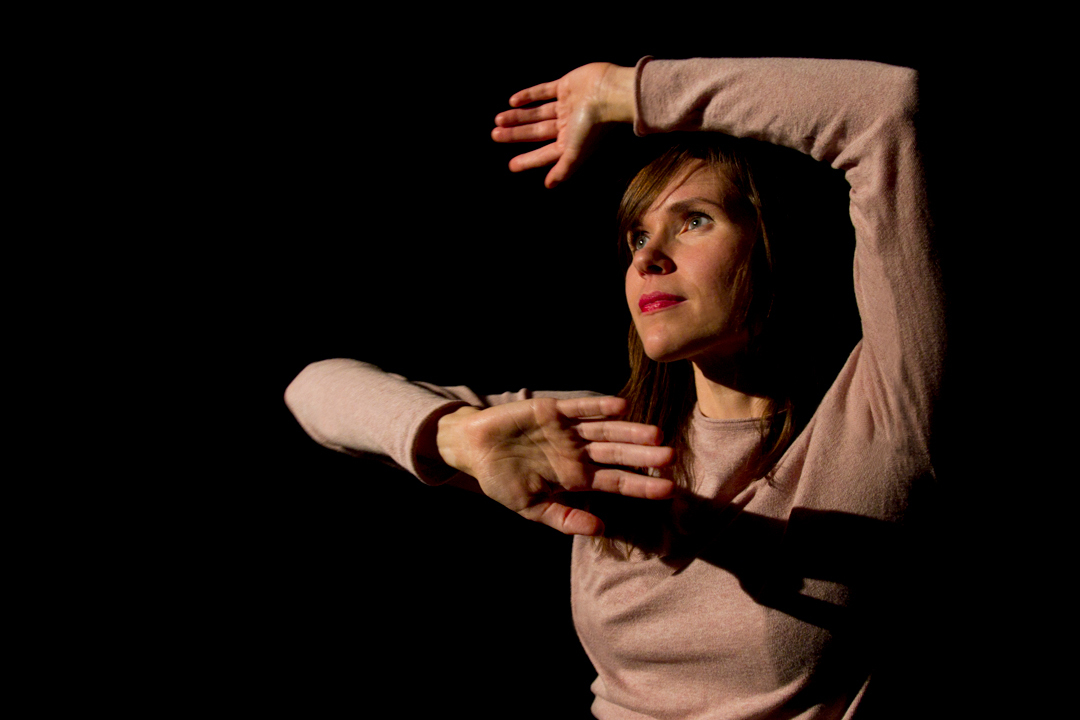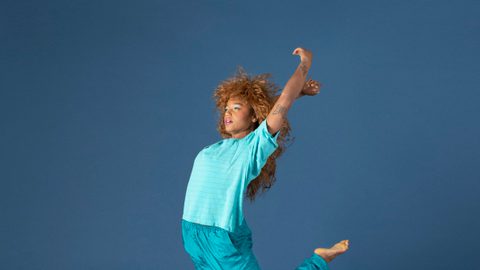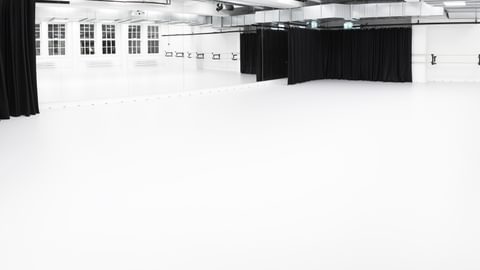
Neurological research: watching dance activates the senses
Neurological research: watching dance activates the senses
PhD Hanna Poikonen completed her doctoral dissertation on the neuroscience of dance in spring 2018 at the University of Helsinki. Now, she continues to study watching dance in her postdoctoral research. Based on her research, Poikonen believes that watching dance activates deeper brain areas connected to emotions, memories and interpersonal interaction. Poikonen shared her observations in May in the Dance House Helsinki Premium event.

Hanna Poikonen © Aleix Gordo Hostau.
PhD Hanna Poikonen completed her doctoral dissertation on the neuroscience of dance in spring 2018 at the University of Helsinki. Now, she continues to study watching dance in her postdoctoral research. Based on her research, Poikonen believes that watching dance activates deeper brain areas connected to emotions, memories and interpersonal interaction. Poikonen shared her observations in May in the Dance House Helsinki Premium event.
There has only been limited research of watching dance from the perspective of neuroscience. For a dancing neuroscientist, comprehensive dancing activating different areas of the brain was a natural research subject. As far as we know, Poikonen's postdoctoral research is the first study in the world in which watching a dance performance is studied using EEG equipment.
Tapping feet
Everyone knows how tapping your feet to the rhythm feels. According to Poikonen, we react the same way as if we are the ones dancing when we watch dancing.
“Already watching movement activates the areas of the brain processing movement and creates an experience of motion. Proprioception is an aesthetic sense. Movement feels good in the body and creates a comprehensive feeling of well-being," describes Poikonen.
In her doctoral research, Poikonen observed strong synchronisation in brainwaves related to emotions, memory, perception of space and interpersonal interaction in the brains of dance professionals watching dance recording. Poikonen believes that the reaction in the brain is even stronger when the person watches live performance. In her follow-up research, the audiences observed watched a live duet of the Spanish company Iron Skulls Co in the LIVElab of McMaster University in Ontario, Canada.
“The emotional experience can be more powerful when watching a dance performance live than as a recording. The performance will evoke more powerful memories in the spectator live and strengthen the connection between the spectator and the performer."
The rest of the audience also has an effect on the experience of perception. Poikonen describes how people's nervous systems attune with the systems of others in the same space and, for instance, breathing adjusts to the same rhythm.
Well-being from dance
According to Poikonen, neuroscientific dance research may help us feel better. She speaks of the neural networks of the inner and external world as well as the network of significance. The neural network of significance acts as a link between the two other networks.
“The reason behind some burnouts and depression may be that the neural network of the external world, connected to observation, working memory and everyday demands, is overloaded. This might leave too little room for the neural network of the internal world, connected to observing your own emotions, among other things. This imbalance of the brain might also lead to mental problems."
The internal world is activated in artistic processes:
“Watching a dance performance lets the neural network of the external world rest and offers stimuli for the inner world, evoking emotions and memories. In that way, dance is special because it creates connections between these two networks."
Poikonen's goal is to increase the awareness of the positive effects of dance:
“Dance and the arts can be one approach to the prevention and treatment of diseases. Previously, dance has been successfully used in treating Parkinson's disease, for example."
Poikonen finishes off her presentation by guiding a brief exercise for the attendants of the Dance House Helsinki Premium event. We move with our eyes closed, first carefully and then more freely. When we open our eyes, everyone is smiling.
You can read more about Poikonen's work here: wisemotionco.com
Stay tuned for further information on the results of the follow-up research.






